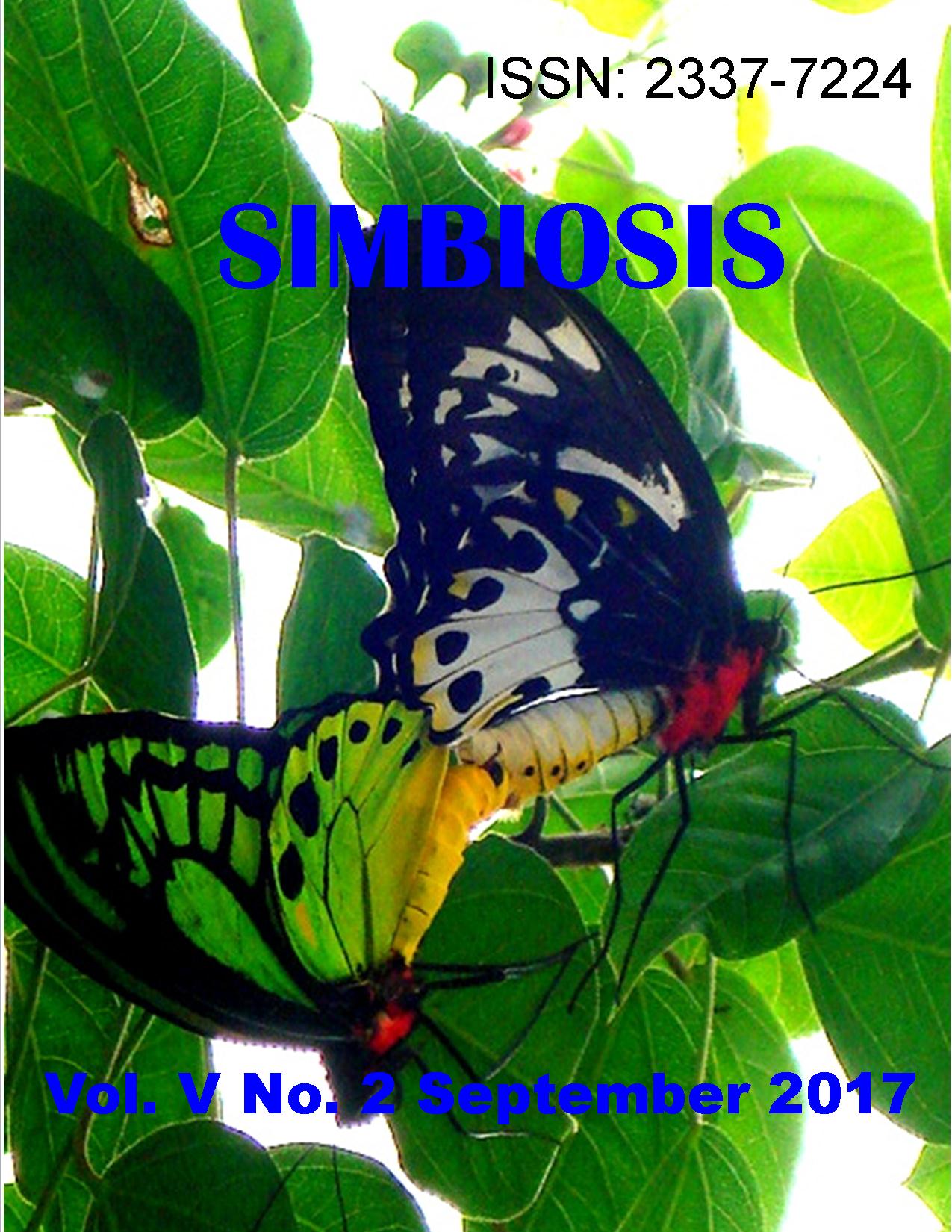INVENTARISASI JENIS – JENIS ULAR YANG DITEMUKAN DI SEKITAR PANTAI MERTA SARI DAN PADANG GALAK
Abstract
Sea snakes have a strong venom and when they bite can be fatal for humans, whereas snakes found in mangrove areas are weak venomous snakes and non-venomous snakes (McKay, 2006). The low understanding public aboutthe snakes has led to the assumption that any snakes found are dangerous, so research needs to be done in order to provide information on the types of venomous and non-venomous snakes present in coastal areas and around mangrove forest areas. This research was conducted from early January to the end of January located around Merta Sari Beach to Padang Galak. The method used is the method of cruising method is done by determining the habitat that is likely suitable for snake habitat (Asad et al., 2011). Data collected in the morning and at night, by capturing and identifying snakes found in situ refers to the snake identification titled '107+ Ular Indonesia' (Riza Marlon, 2014), and the book 'Reptiles and Amphibians in Bali 'By Mckay (2006). Based on the results of the study, snakes found around Merta Sari Beach and Padang Galak Beach numbered 61 individual snakes with two different families namely Colubridae and Elapidae. Snake species of the Colubridae family found are Dog-faced Water Snake (Cerberus rynchops) and the Elapidae family is the Erabu/Yellow-lipped Sea Krait (Laticauda colubrina) snake
Downloads

This work is licensed under a Creative Commons Attribution 4.0 International License.










